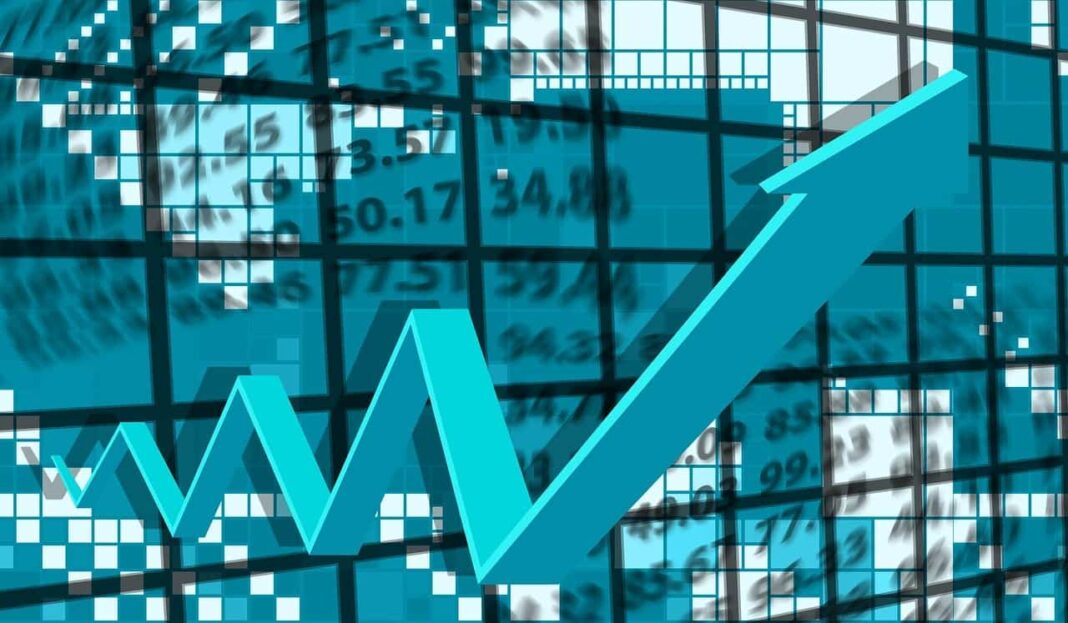The economic system of a country plays a significant role in determining the country’s growth, development, and standard of living of its people. Countries across the world have different economic systems, depending on various factors such as political ideologies, cultural and religious beliefs, natural resources, and economic history. This article will discuss the four most common economic systems in countries across the world, namely capitalist economic system, socialist economic system, mixed economic system, and Islamic economic system.
Table of contents
Capitalist economic system
The capitalist economic system is an economic system in which the means of production and distribution are privately owned, and individuals are free to own and trade capital goods and services for profit. The main concept of capitalism is the idea of the invisible hand, where individuals and firms operate in their self-interest, which ultimately leads to the welfare of society as a whole. Some of the characteristics of a capitalist economic system are:
- Private property rights
- Free market competition
- Minimal government intervention
- Profit motive
Examples of countries that follow a capitalist economic system are the United States, the United Kingdom, Japan, and Australia.
Socialist economic system
A socialist economic system is an economic system in which the means of production and distribution are collectively owned and managed by the state or the workers’ community. The main concept of socialism is the idea of social equality, where resources are distributed according to need, rather than based on market forces. Some of the characteristics of a socialist economic system are:
- Collective ownership and control of means of production
- Centralized planning
- Government intervention in the economy
- Social welfare programs
Examples of countries that follow a socialist economic system are Cuba, China, North Korea, and Vietnam.
Mixed economic system
A mixed economic system is an economic system in which both the private and public sectors coexist, and both play a crucial role in economic activities. The main concept of a mixed economic system is to combine the advantages of capitalism and socialism while minimizing their disadvantages. Some of the characteristics of a mixed economic system are:
- Private ownership of some industries
- Government ownership of some industries
- Regulation of markets
- Provision of social welfare programs
Examples of countries that follow a mixed economic system are Canada, Sweden, Germany, France, and Bangladesh.
Islamic economic system
An Islamic economic system is an economic system based on the principles of Islamic law, also known as shariah. The main concept of an Islamic economic system is to promote social justice and eliminate exploitation and oppression in economic activities. Some of the characteristics of an Islamic economic system are:
- Prohibition of interest-based transactions
- Profit and loss sharing
- Zakat (mandatory charity)
- Fair distribution of wealth
Examples of countries that follow an Islamic economic system are Saudi Arabia, Iran, Malaysia, and Pakistan.
Conclusion
In conclusion, the economic system of a country has a profound impact on its growth, development, and standard of living. The four types of economic systems discussed in this article are capitalist, socialist, mixed, and Islamic. Each economic system has its strengths and weaknesses, and the choice of an economic system depends on various factors such as political ideologies, cultural and religious beliefs, and economic history. The key to success lies in adopting an economic system that suits a country’s unique needs and circumstances.
Bibliography
- Mankiw, N. G. (2019). Principles of macroeconomics. Cengage Learning.
- Samuelson, P. A., & Nordhaus, W. D. (2010). Economics. McGraw-Hill Education.
- Choudhury, M. A. (1997). The Islamic vision of development in the light of Maqasid al-Shariah. IIUM Journal of Economics and Management, 5(1), 1-30.
- Todaro, M. P., & Smith, S. C. (2014). Economic Development (12th ed.). Pearson.



 For all latest articles, follow on Google News
For all latest articles, follow on Google News